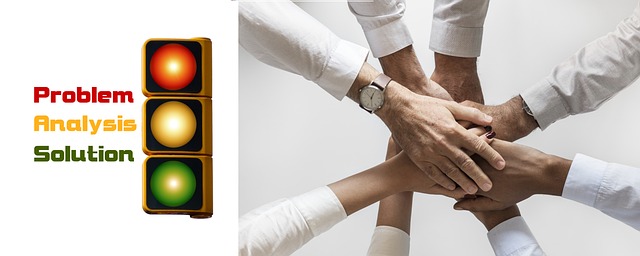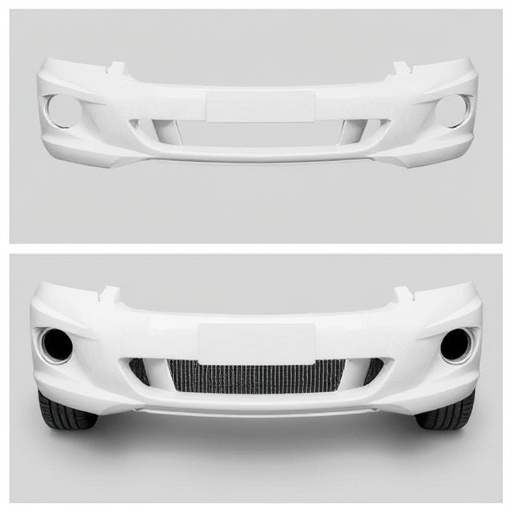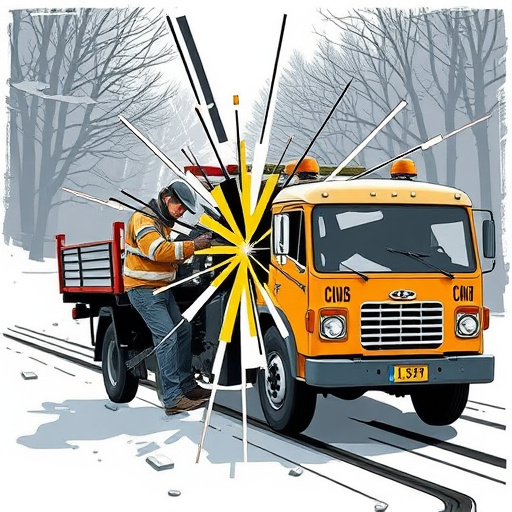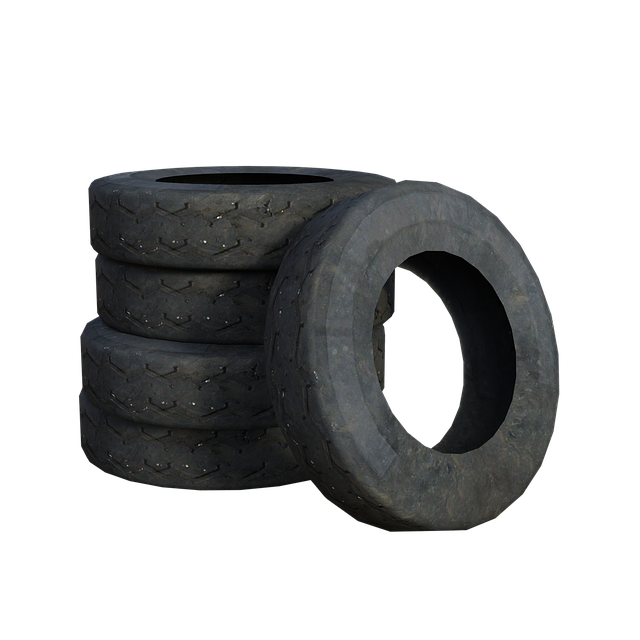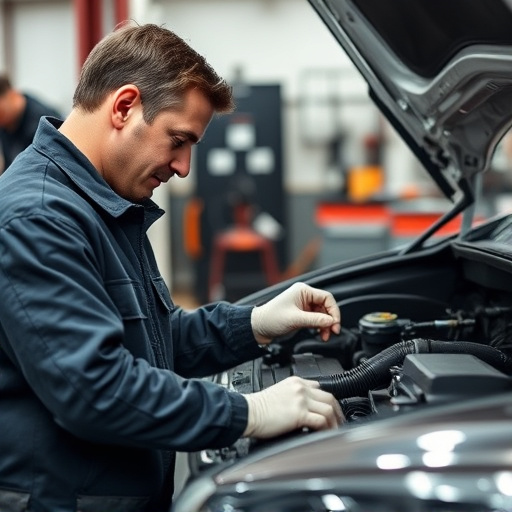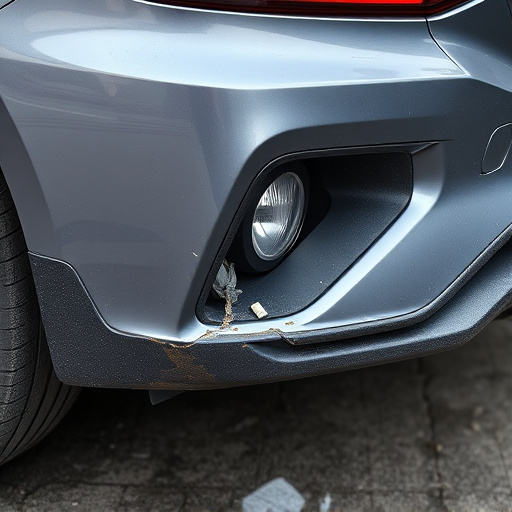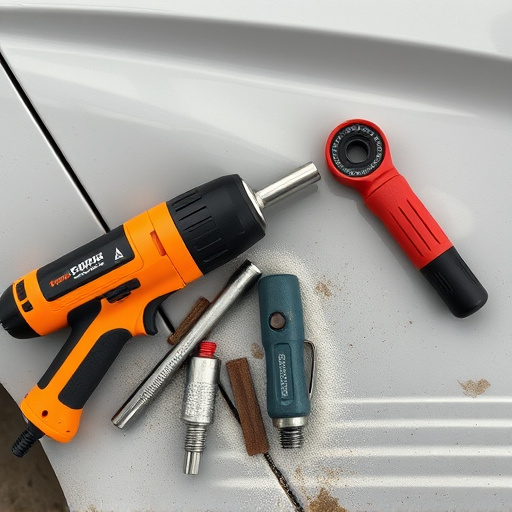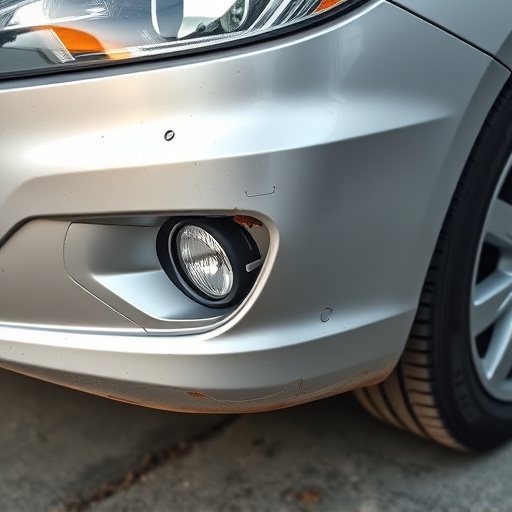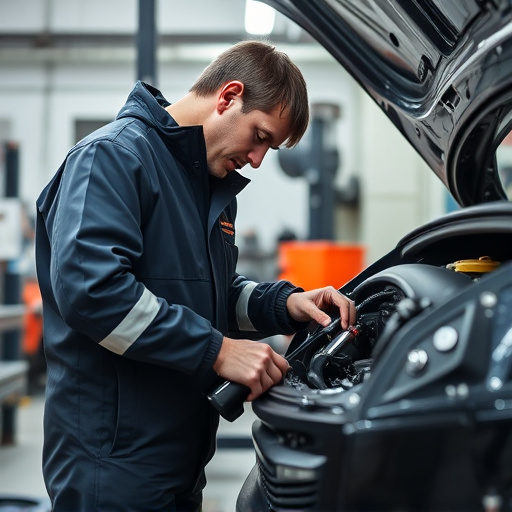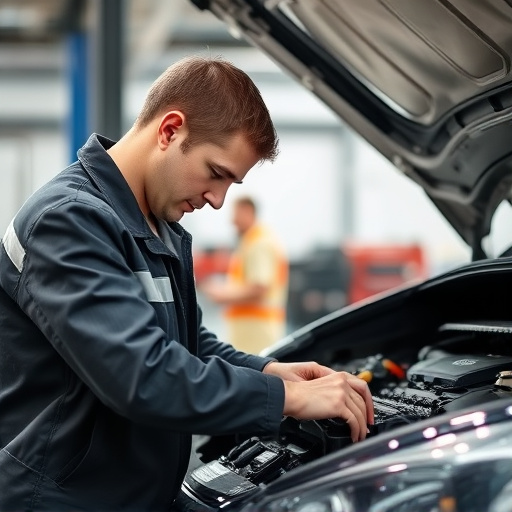Tesla's performance calibration excels through advanced engineering, optimizing engine, transmission, and aerodynamics for speed and agility. Customization to driving styles ensures power and control blend. Autopilot system leverages real-time sensor data for safe, precise maneuvers, integrating with dynamic systems like tire pressure and suspension for enhanced handling and safety, setting a new standard in vehicle performance and safety compared to traditional auto body repair.
“Tesla vehicles are renowned for their impressive performance, and at the heart of this lies the intricate coordination between the car’s performance calibration and Autopilot system. This article explores the art of enhancing Tesla’s speed through advanced performance calibration techniques, while delving into the seamless integration of Autopilot for enhanced safety. We’ll uncover strategies to optimize maneuvers, ensuring a synchronized driving experience that redefines precision and control.”
- Unlocking Speed: Tesla Performance Calibration Techniques
- Autopilot Integration: Seamless Coordination for Safety
- Optimizing Maneuvers: System Synchronization Strategies
Unlocking Speed: Tesla Performance Calibration Techniques

Tesla vehicles are renowned for their impressive performance, and a significant factor contributing to this is the precision engineering behind their performance calibration. Through advanced techniques, Tesla optimizes various systems, including engine, transmission, and aerodynamics, to deliver unparalleled speed and agility. One of the key aspects of Tesla performance calibration is tailoring the vehicle’s response to suit individual driving styles and preferences. This customization ensures that each Tesla driver experiences a unique blend of power and control.
The process involves intricate adjustments to the car’s settings, often accessed through its advanced onboard computer systems. By fine-tuning parameters like engine torque delivery, transmission shift points, and aerodynamic efficiency, Tesla engineers unlock the full potential of their electric powertrains. This level of customization not only enhances performance but also contributes to a more personalized driving experience, making every journey an exhilarating adventure. Moreover, these techniques can be further refined through specialized car repair shops offering tailored fender repair and collision repair services, ensuring optimal vehicle condition for enthusiasts seeking maximum speed and handling.
Autopilot Integration: Seamless Coordination for Safety
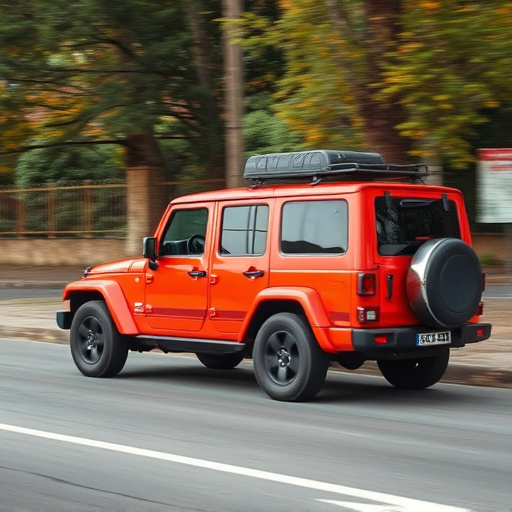
The Autopilot system in Teslas is a cutting-edge feature designed to enhance safety on the road. Its seamless integration with the Tesla performance calibration is a key aspect that sets it apart from traditional automotive systems. This coordination ensures that the vehicle’s high-performance capabilities and advanced driver-assistance functions work in harmony, providing drivers with a confident and secure driving experience.
When properly calibrated and integrated, the Autopilot system can interpret real-time data from various sensors, cameras, and radars, allowing it to make split-second decisions. This coordination is vital for accurate steering, speed control, and braking, especially during complex driving conditions. It allows Tesla vehicles to navigate tight corners, merge smoothly onto highways, and maintain a safe distance from other vehicles, all while the driver enjoys a more relaxed journey. Such advanced technology not only revolutionizes driving but also raises the bar for vehicle safety, making it a significant aspect to consider in modern automotive discussions, particularly when comparing it to traditional auto body repair or even vehicle restoration processes.
Optimizing Maneuvers: System Synchronization Strategies

Optimizing maneuvers through Tesla performance calibration is a delicate dance between the car’s dynamic systems. The Autopilot system, designed for enhanced safety and convenience, relies on precise coordination with the vehicle’s sensors, motors, and electronics. This synchronization ensures that every maneuver, from sharp cornering to smooth highway merging, is executed with both speed and accuracy.
Strategic system integration involves real-time data sharing and adaptive algorithms that adjust to driving conditions. For instance, the Tesla performance calibration can optimize tire pressure and suspension settings for better grip during cornering, while simultaneously fine-tuning the Autopilot’s steering and braking inputs to avoid potential collisions. This holistic approach goes beyond mere component adjustment; it fosters a cohesive driving experience, enhancing both vehicle performance and safety, even when unexpected challenges arise, such as sudden road debris or car dent repair needs that might prompt an auto collision center visit.
Tesla’s performance calibration and Autopilot system coordination are remarkable achievements in automotive technology. By seamlessly integrating powerful calibration techniques with advanced driver-assistance systems, Tesla vehicles offer unparalleled driving experiences while prioritizing safety. Through optimized maneuver synchronization, these innovations ensure that drivers have control over their speed, direction, and safety, making every journey efficient and secure.
